The Architecture and Philosophy of Louis Kahn
Salk Institute by Architect Louis Kahn. Photograph by Mitchell Rocheleau. Copyright 2024
Louis Kahn's architecture tells a larger story about a cultural shift in America in the first half of the 20th century. It was the shift into Modernism and a departure from historical traditions of the past. Ignited by the ideas of the Enlightenment, where rationalism, individualism, and science reigned supreme, these ideas spawned a new modern architectural movement. Efficiency, profit, abstraction, and mechanization drove the new modern architecture.
Kahn was developing his architectural voice amid this cultural shift. He grappled to find his place in this tumultuous scene. Many of his colleagues and contemporaries dogmatically adhered to Modernism by completely separating themselves from the past. They inevitably left behind centuries of knowledge, advancements, and fundamental truths about architecture, beauty, and human nature.
However, Kahn believed that great ideas existed in each epoch. He sought to create architecture that would transcend dogmatic Modernism and strict historicism by curating what he felt were the most fundamental essences of each. He set out to gracefully assimilate concepts from the two architectural philosophies, giving birth to a unique aesthetic and form of architecture.
Kahn stripped the buildings of historical pastiche, he removed unnecessary ornamentation, introduced asymmetry, and celebrated unadorned surfaces. He was educated in the Beaux Arts tradition, where principles such as solid mass, large scale, symmetry, and permanence were fundamental. He enjoyed these ideas and was not inclined to abandon them. He believed that these ideas were deeply rooted in human history and psychology.
Photograph of The Yale University Art Gallery in New Haven. Architect Louis Kahn. Photograph by Mitchell Rocheleau Copyright 2024
His work preserved the substance, soul, mass, and permanence found in many historic buildings, but he gave them a fresh take by implementing modern principles. His buildings were relevant in their time but they also were distinctive from much of the contemporary work of the day.
A defining moment that catalyzed a significant shift in his development was his trip to Rome, Greece, and Egypt in 1950. On his trip, he was able to experience these structures firsthand, which had a profound impact on his philosophies. It helped him to clarify his interests and to find his authentic voice. During this time, he kept sketchbooks exploring fundamental architectural ideas, most notably mass and light exhibited in historic buildings. Upon his return from his trip, his career took off, and he began to create work that gave a new direction to modern architecture.
"He was steeped in history but rarely produced pastiche." - William Curtis.
Salk Institute by Architect Louis Kahn. Photograph by Mitchell Rocheleau. Copyright 2024
Monumentality, Permanence, and Order
"Monumentality in architecture may be defined as a quality, a spiritual quality inherent in a structure which conveys the feeling of its eternity, that it cannot be added to or changed." - Martin Filler.
Many of Kahn's buildings exude a feeling of Monumentality and permanence. These traits were often shunned in contemporary circles as they were associated with hierarchical, dictatorial political structures, which were at the root of many world conflicts at the time. However, again, Kahn was not afraid of this. He maintained a democratic political position but he also understood that buildings that suggested the notion of Monumentality and permanence were deeply embedded in our human psyche and history.
At a time when Mies, Corbusier, Philip Johnson, and many other seminal figures of the modern movement were exploring the thinness of architecture through planes, Kahn felt something was lacking in these buildings. He stayed the course with his affection for mass and volume.
Kahn later abandoned the term Monumentality and replaced it with the concept of Order. For him, the idea of Order was "a deeper expression of what he had been seeking. By Order, Kahn means the principal underlying all things and the process whereby things come into being through an existence will." (Lobell 29)
He describes the idea of Order using the metaphor of Silence and Light. Kahn said that Silence is the realm of potential, where something such as a building resides before it is conceived. Light is the realm of realization and it is the medium through which things transcend from potential into realization. To move from potential to realization, there needs to be a desire.
Salk Institute by Architect Louis Kahn. Photograph by Mitchell Rocheleau. Copyright 2024
Desires
Kahn reduced his philosophy to the idea of human desire. He believed that all humans have needs and desires. Our primitive selves desire food, water, shelter, and sex to survive and procreate. We share these needs with animals. However, through conscious awareness, humans have the unique capacity to conceptualize the past and future in our minds. Our ability to do so allows us to desire things in the past and future.
Our desires speak about our future potential and desire for achievement, love, service, and protection. Kahn outlined three primary desires humans obtain beyond the animal kingdom: Inspiration to Learn, Inspiration to Meet, and Inspiration for Well-Being. All three of these cater to the desire to ultimately express ourselves. We aspire to develop ourselves and actualize ourselves according to our future visions and projections. The desire to achieve this led us to create social constructs to help us facilitate, guide, and structure the developmental process.
Institutions
Humans created institutions to fulfill their desires. "Thus, the desire to learn gives us the school, the laboratory, the library, etc. The desire to meet together gives us the town square, the assembly hall the community center. And the desire for well-being gives us the place of spiritual realization." (Lobell 32)
Kahn believed architecture was the art of space making for institutions. He believed that the highest use of architecture is to progress the institution's discourse. Architecture and the building must provide insight and say something about the institution to develop, refine, or progress it forward.
Kahn believed that Institutions are fundamental to humans. We created institutions to organize paths for human development and to realize our inspirations. These inspirations are the reasons we wake up in the morning. They give us the energy to move throughout our day. They are our will to be and express our spirit. Without our institutions, our inspirations are unorganized, unmaintained, and depersonalized by life's mundane or practical minutia.
Kahn felt that inspiration was fading within people and, thus, within our culture. He feared that institutions would perish if humans could not connect with and feel their inspiration.
Architecture was the structure that housed these institutions and thus served as the midwife of inspiration. Therefore, architecture had the unique capability to re-ignite inspiration within our culture. If the architecture does not connect with our essential desires and our inspirations, it would be one of the many factors contributing to humans' disassociation from our essential selves.
He believed that all the institutions that man has created are, at their core, contributing to the desire for man to discover what forces made him who he is. Therefore, a fundamental aspiration of his architecture is to assist in the individual's self-actualization process.
Salk Institute by Architect Louis Kahn. Photograph by Mitchell Rocheleau. Copyright 2024
Creation of Space
Kahn thought deeply about his work. He often withdrew or turned down projects driven by pragmatism or functional requirements alone. He wanted work and clients who understood and appreciated the higher capacity of architecture and space.
He sought to evoke "the immeasurable" in his buildings. Although necessary, tasks such as room count and square footage were not his buildings' primary objectives. He sought to achieve much more and thought a building was not architecture until it evoked spirituality or emotion in people.
"I believe that the architect’s first act is to take the program that comes to him and change it. Not to satisfy it but to put it into the realm of architecture, which is to put it into the realm of spaces."
-Louis Kahn
Architecture as a Spiritual Endeavor
Kahn believed that creating architecture was a spiritual endeavor. A work of architecture must begin in the realm of the unmeasurable as potential. A building always begins as something imagined and desired within the human mind and spirit. Through the design and construction process, it must go into the world of the measurable. The architect must be able to navigate this process to bring the building into physical form, all the while preserving its original essence. It must be able to express its original unmeasurable qualities in its spaces after the building is brought into the world.
Kahn felt it would take many decades to become an architect who could offer the world unmeasurable spaces. During this time, an architect would need to connect with, sharpen, and learn to trust his/her intuition. He felt that intuition was our truest sense and that it took a great deal of courage and confidence to make sure that intuition is preserved and expressed in a project.
The Human Being
For Kahn, humans were unique because they were where the measurable and the unmeasurable met and co-existed. We have quantifiable qualities such as our bodies, brains, and logical knowledge of the physical world. At the same time, we embody a vast ocean of unmeasurable, ethereal intuition, spirit, and wisdom. Therefore, we have a unique role as conduits or portals to connect these two worlds. Kahn described the two worlds as Silence and Light using poetic metaphor. Silence is the realm of the unmeasurable, and Light is the realm of the measurable. Art and Architecture are the means through which that translation occurs.
Over time, humans’ ability to act as agents between silence and light has diminished. It has become cluttered with inconsequential distractions from the material world. We have lost connection with our spiritual nature, abandoned our calling, and become lost. Our intuitive sense of what lies beyond the physical world has been dissolving and is blunted. How can we re-establish connection with this ancient wisdom and intuition inside of us all?
As time evolves, our human culture demands buildings that appear to be for new uses. They have new technologies, materials, and requirements. However, the primitive essence of our human nature has not changed. Inside each of us is the eternal wisdom and intuition. A great work of architecture speaks to those aspects of our being. Kahn understood this. His architecture was in touch with the eternal and touched those areas of our spirit.
Yale Center for British Art. Architect Louis Kahn. Photograph by Mitchell Rocheleau Copyright 2024
Conclusion
After studying and photographing several of Kahn's buildings, I realized that there is something truly special about the spaces he created. Although each building served a unique function, such as a laboratory, museum, etc., walking through the building reminded me more of a historical or ancient sacred work of architecture than a pragmatic laboratory. For me, Kahn's buildings transcend stylistic trends or functional pragmatism. Above all, they offer a profound experience eliciting a sense of timelessness, solidity, and repose.
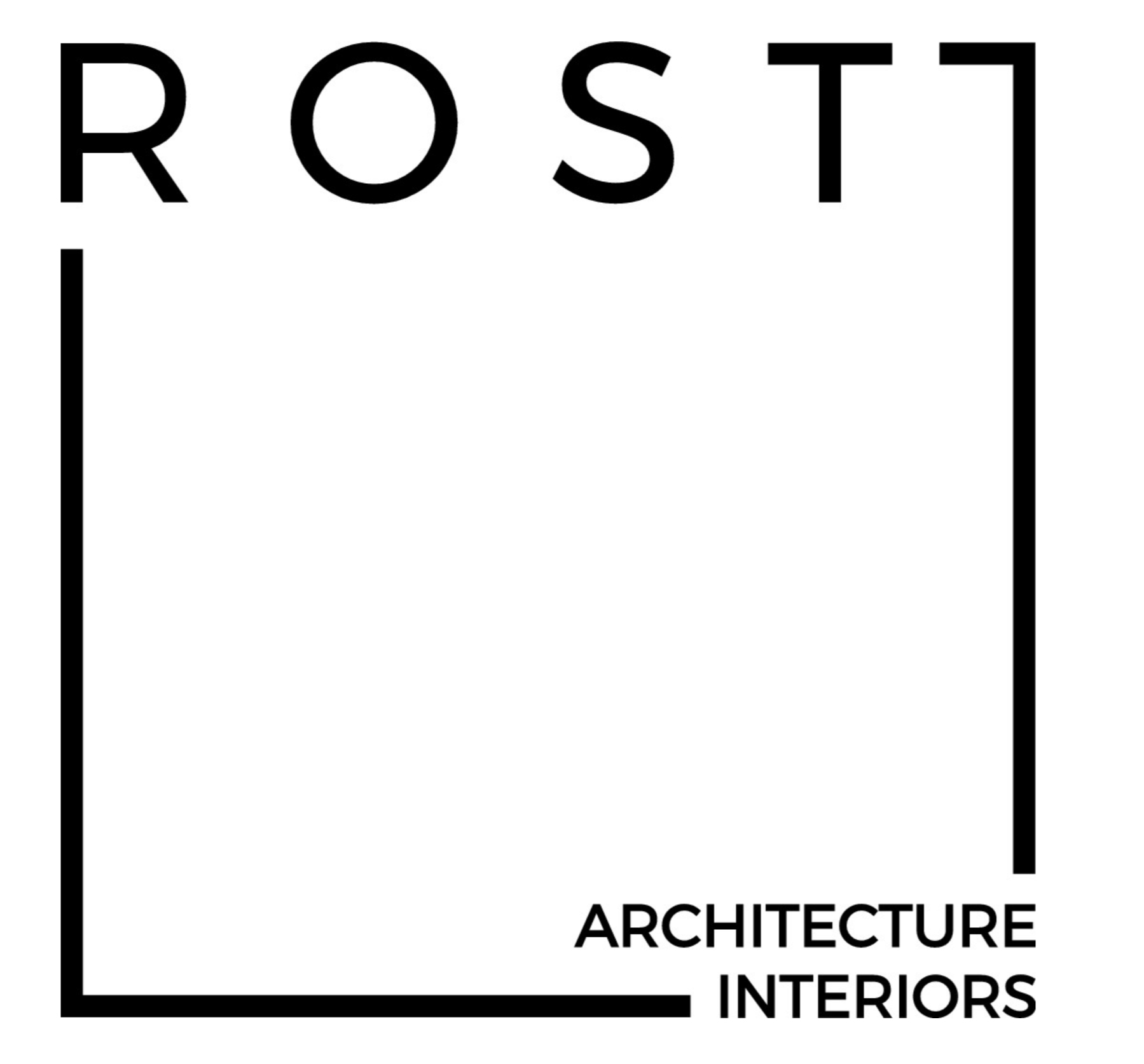







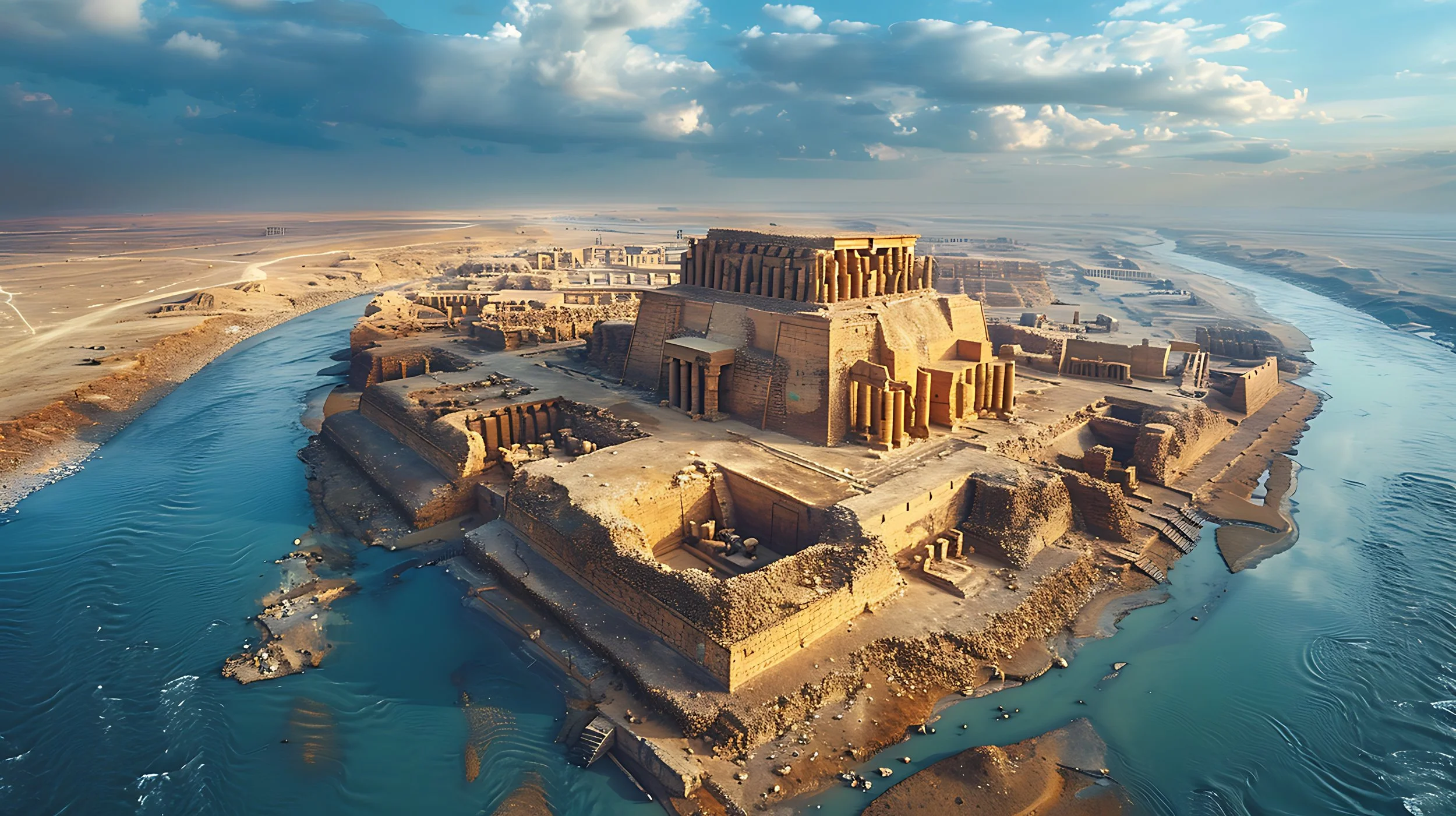







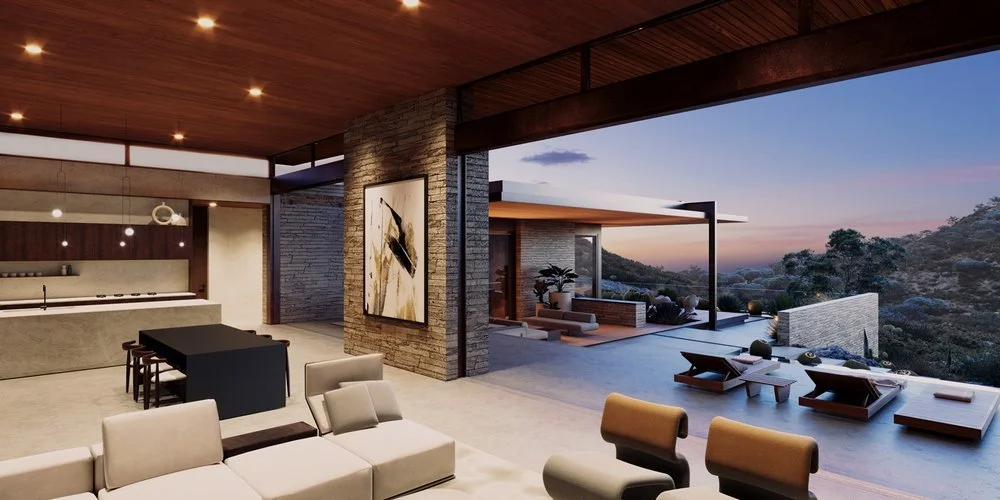

















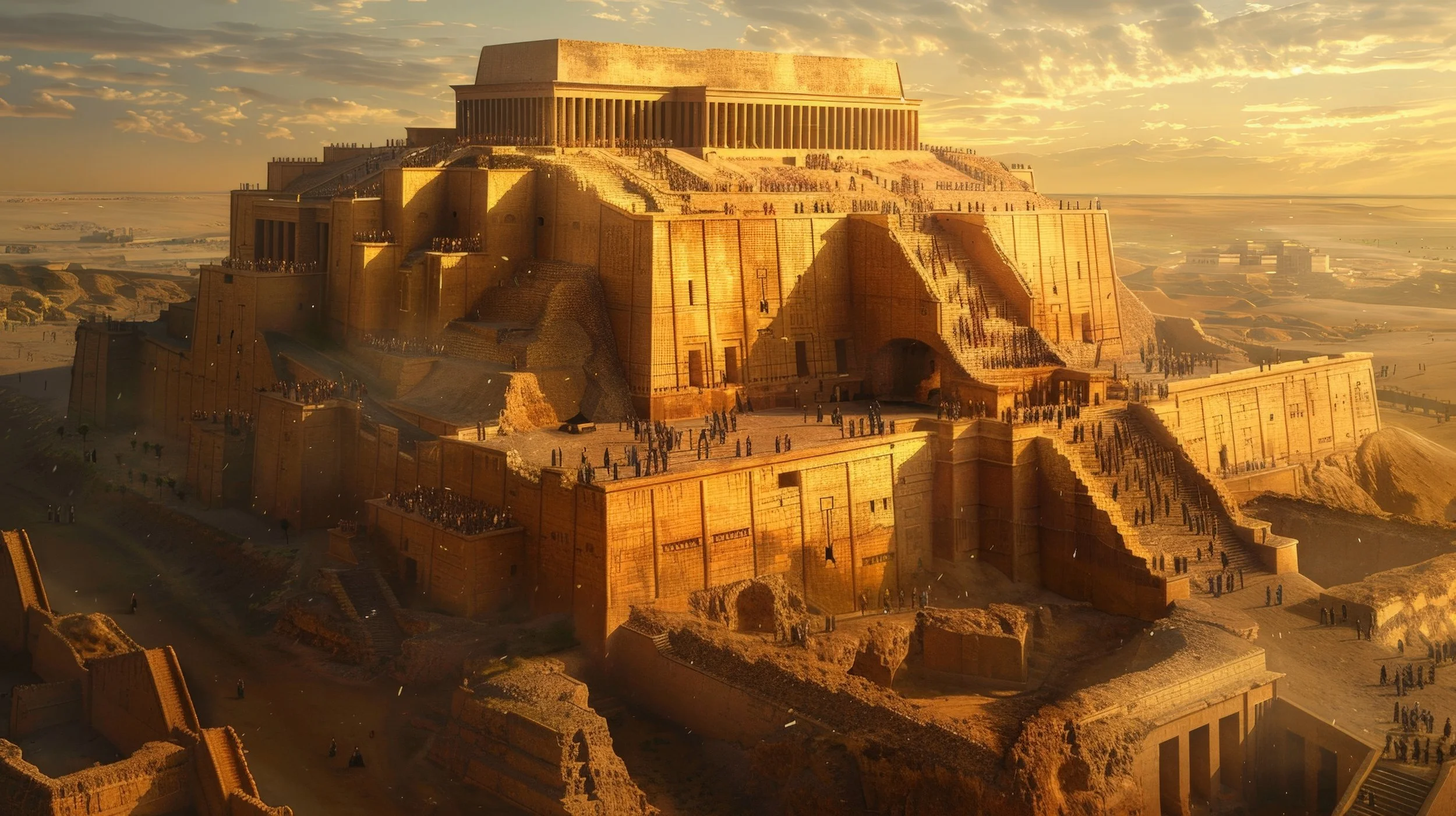
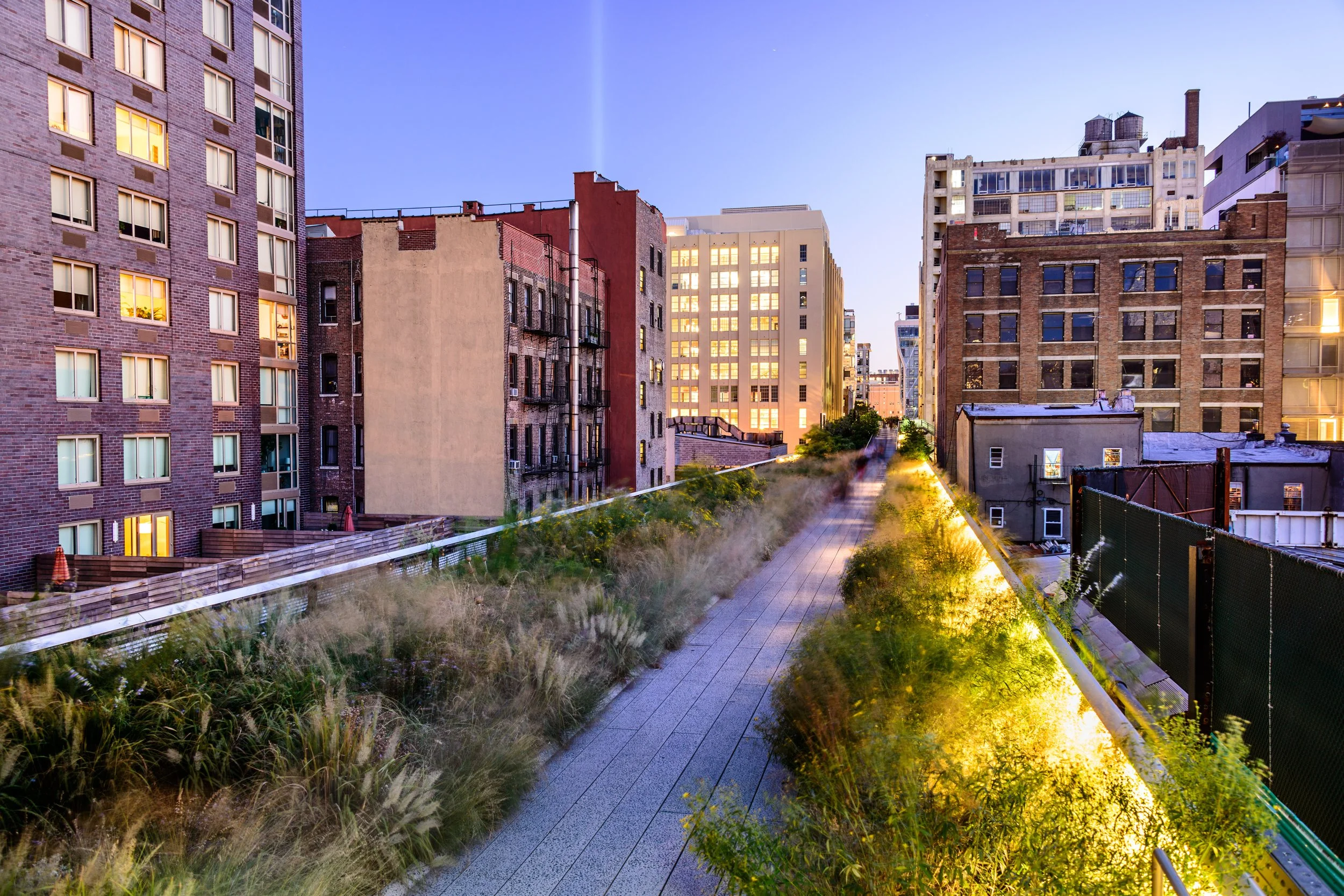
Principal and Architect of ROST Architects, Mitchell Rocheleau, discusses the significance of The Grand Louvre designed by Architect I.M. Pei, the history of the Louvre, design process, design theory and ideas behind the project.